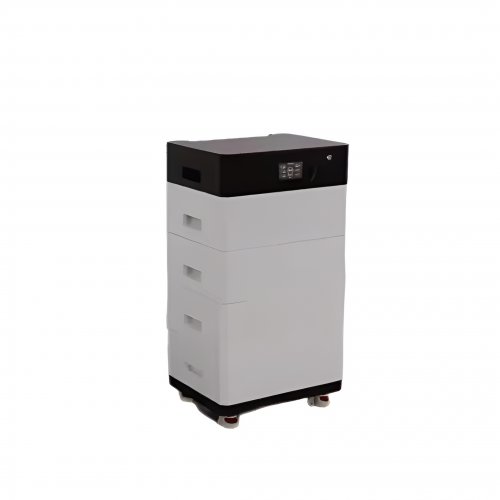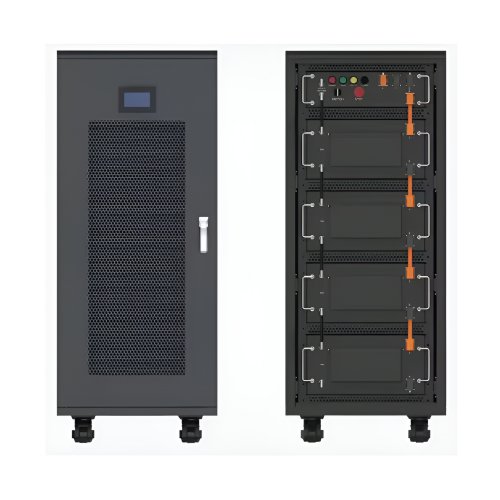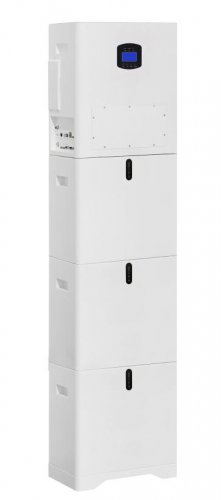Cost Reduction Initiatives News: Strategic Shifts And Technology-driven Efficiency Gains Reshape Corporate Approaches
Across the global business landscape, a renewed and intensified focus on cost reduction initiatives is moving from a reactive measure to a core strategic imperative. Driven by persistent inflationary pressures, geopolitical uncertainties, and a higher cost of capital, companies are moving beyond traditional austerity measures. The latest wave of cost optimization is characterized by sophisticated technological adoption, process re-engineering, and a focus on sustainable, long-term efficiency rather than short-term cuts.
Latest Industry Dynamics: Beyond Layoffs and Budget Slashes
The initial response to the recent economic downturn saw widespread headlines about hiring freezes and workforce reductions, particularly in the technology and media sectors. However, industry analysts observe a significant evolution in strategy. Companies are now deploying more nuanced approaches. A recent report from a leading management consultancy highlights that while headcount rationalization remains a tool, it is no longer the primary lever. Instead, businesses are conducting deep dives into their operational structures.
A key dynamic is the enterprise-wide scrutiny of Software as a Service (SaaS) expenditures. Many organizations discovered a sprawling, uncoordinated array of software subscriptions during the remote work boom, leading to significant redundancies and wasted licenses. Initiatives like SaaS spend management platforms and centralized procurement offices are now being established to consolidate vendors, negotiate enterprise-wide licenses, and eliminate shelfware.
Furthermore, supply chain reconfiguration continues to be a major area of focus. The lessons from recent disruptions have prompted companies to nearshore or friendshore critical operations. While sometimes initially more expensive, these moves are calculated as long-term cost reduction initiatives that mitigate risk, reduce logistics expenses, and minimize import tariffs, ultimately leading to a more resilient and predictable cost base.
Trend Analysis: The AI and Automation Revolution
The most dominant trend shaping cost reduction is the integration of Artificial Intelligence (AI) and hyperautomation. This goes far beyond simple robotic process automation (RPA). AI is now being deployed to optimize complex, knowledge-based functions.Predictive Analytics for Operations: Manufacturing and logistics companies are using AI-powered algorithms to predict machine maintenance needs, preventing costly downtime and extending asset life. Similarly, AI is optimizing energy consumption in data centers and large facilities, directly targeting one of the largest operational overheads.Automated Customer Service: The proliferation of advanced AI chatbots and virtual assistants is handling an increasing volume of routine customer inquiries, reducing the burden on human agents and allowing them to focus on more complex, high-value interactions. This improves efficiency while potentially enhancing customer satisfaction through 24/7 availability.Intelligent Sourcing: AI tools are analyzing vast datasets to identify optimal sourcing strategies, predict raw material price fluctuations, and qualify new suppliers based on a multitude of risk and cost factors, leading to more informed and cost-effective procurement decisions.
Another rising trend is the concept of the "green cost reduction." Sustainability initiatives are increasingly being viewed through a financial lens. Investments in energy-efficient machinery, waste reduction technologies, and circular economy models (like recycling and reusing materials) are simultaneously reducing environmental impact and operational costs. This alignment of ecological and economic goals is creating a powerful business case for sustainable transformation.
Expert Perspectives: A Strategic and Sustainable Mindset
Industry experts emphasize that the most successful cost reduction initiatives are those embedded into the company's culture and long-term strategy, rather than imposed as a top-down mandate during a crisis.
"Cost reduction is no longer about cutting corners," says Dr. Evelyn Reed, a partner at a global strategy consulting firm. "The companies seeing the most success are those investing in technology to fundamentally redesign their cost structure. They are asking, 'How can we work smarter?' not just 'How can we spend less?'. This involves upskilling employees to work alongside new technologies, fostering a culture of continuous improvement, and incentivizing efficiency gains at every level."
Michael Thorne, a supply chain analyst, highlights the strategic importance of visibility. "You cannot manage what you cannot measure. The first step in any meaningful initiative is achieving true end-to-end visibility into spending, processes, and value streams. This is where digital transformation plays a crucial role. Cloud-based ERP and spend analytics platforms provide the data transparency needed to make informed decisions about where to cut and, more importantly, where to invest for greater returns."
However, experts also caution against myopic strategies. "There is a inherent risk in aggressive cost-cutting," warns financial analyst Sarah Jenkins. "Indiscriminate cuts can stifle innovation, damage employee morale, and degrade product quality, ultimately hurting the brand and customer loyalty. The goal should be operational excellence—eliminating waste and non-value-added activities while protecting the core capabilities that drive growth and competitive advantage."
In conclusion, the current landscape of cost reduction initiatives reflects a mature and complex corporate response to a challenging economic environment. The journey is shifting from simplistic budget slashing to a holistic transformation powered by data, AI, and strategic foresight. Companies that embrace this integrated approach, viewing cost efficiency as a continuous driver of value rather than a periodic exercise, are poised to emerge stronger, more agile, and more competitive in the post-pandemic economy.
Customized/OEM/ODM Service
HomSolar Supports Lifepo4 battery pack customization/OEM/ODM service, welcome to contact us and tell us your needs.


HomSolar: Your One-stop LiFePO4 Battery Pack & ESS Solution Manufacturer
Our line of LiFePO4 (LFP) batteries offer a solution to demanding applications that require a lighter weight, longer life, and higher capacity battery. Features include advanced battery management systems (BMS), Bluetooth® communication and active intelligent monitoring.

Customised Lithium Iron Phosphate Battery Casing
ABS plastic housing, aluminium housing, stainless steel housing and iron housing are available, and can also be designed and customised according to your needs.

HomSolar Smart BMS
Intelligent Battery Management System for HomSolar Energy Storage System. Bluetooth, temperature sensor, LCD display, CAN interface, UART interface also available.


Terminals & Plugs Can Be Customized
A wide range of terminals and plugs can be customised to suit the application needs of your battery products.

Well-designed Solutions for Energy Storage Systems
We will design the perfect energy storage system solution according to your needs, so that you can easily solve the specific industry applications of battery products.



About Our Battery Cells
Our energy storage system products use brand new grade A LiFePO4 cells with a battery lifespan of more than 4,000 charge/discharge cycles.



Applications in Different Industries
We supply customized & OEM battery pack, assemble cells with wiring, fuse and plastic cover, all the cell wires connected to PCB plug or built BMS.
Applications: E-bike, Electric Scooter, Golf Carts, RV, Electric Wheelchair, Electric Tools, Robot Cleaner, Robot Sweeper, Solar Energy Storage System, Emergency Light, Solar Power Light, Medical Equipment, UPS Backup Power Supply.
We can provide you with customized services. We have the ability to provide a vertical supply chain, from single cells to pack/module and to a complete power solution with BMS, etc.


HomSolar (Shenzhen) Technology Co., Ltd
























